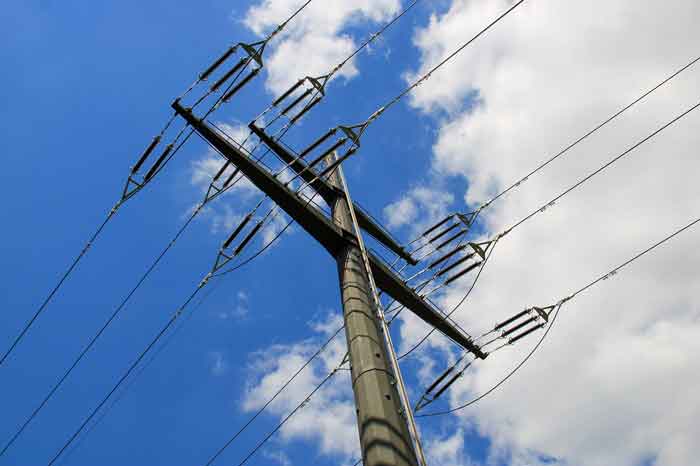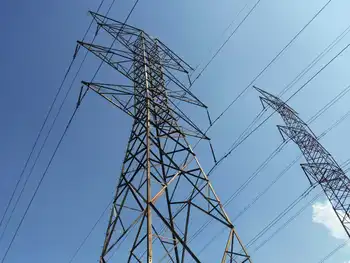IT energy use high despite pressure to cut costs
By Business Wire
Protective Relay Training - Basic
Our customized live online or in‑person group training can be delivered to your staff at your location.

- Live Online
- 12 hours Instructor-led
- Group Training Available
While there have been improvements in cost management, ironically more than half of the respondents said that their IT departments are under pressure from their companies to reduce energy usage as a way to control operational expenditures (OpEx). The research revealed that a lack of coordination between IT departments and facilities management at these companies may make cutting energy costs difficult.
Notably, almost 50 percent of the respondents reported not monitoring IT's energy usage at all because utility bills fell under the purview of facilities management. Within this group, 60 percent stated that their companies lacked the processes in place to measure IT power usage.
"Technology vendors, such as Brocade, are in a position to not only help these businesses understand the disconnect between their goals and their processes, but to actually do something to lower the costs," commented Ulrich Plechschmidt, VP EMEA at Brocade.
"Our research shows that facilities management owns the power budget in most cases, but that the IT department isn't evaluating its power draw and effect on the organisation's bottom line. But in these difficult economic times, with every line item being placed under scrutiny, the IT function must play its part and collaborate with facilities management to address rising utility bills."
On a more encouraging note, energy efficiency is an increasingly important criterion for IT purchasing decisions with power consumption being rated in the top five, following interoperability, performance, price and brand recognition. However, respondents also reported that they perceive a number of significant barriers to implementing more energy-efficient solutions including:
• Higher costs associated with more energy-efficient products;
• Lack of viable solutions;
• Lack of management enthusiasm or support.
"When we conducted this survey in 2008, 'Green IT' was seen as marketing hype but as this year's research indicates businesses view it as a strategic concern," added Plechschmidt. "As utility bills soar and the global recession bites, our customers and partners are looking to leverage energy efficient solutions to optimize their IT environments and reduce unnecessary operational costs. Brocade leads the field in this regard. Our networking solutions draw up to ten times less power than those of our competition, at very similar if not lower price points, and, coupled with our holistic energy efficiency assessment services, can make a huge difference to a company's OpEx."











